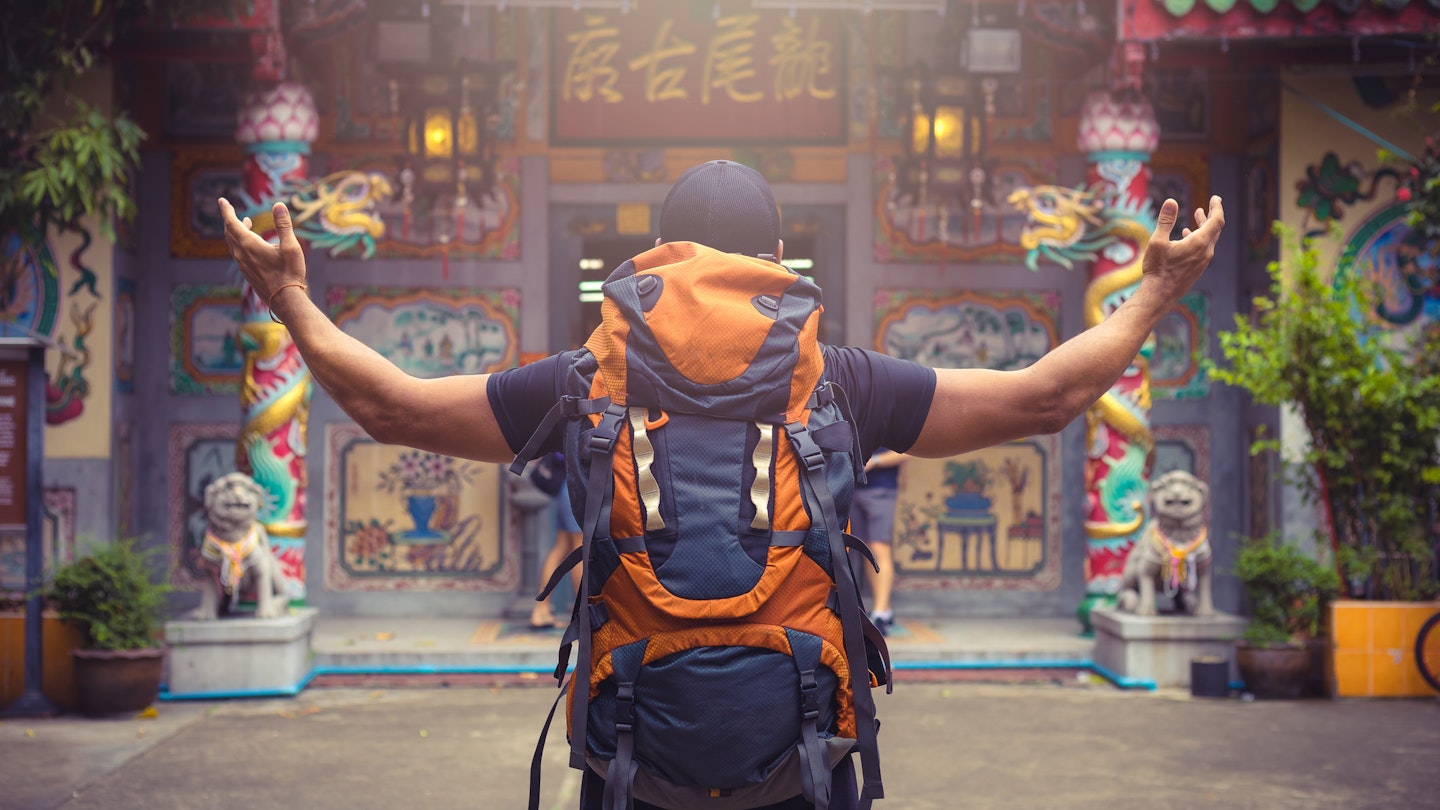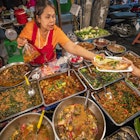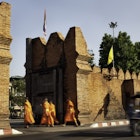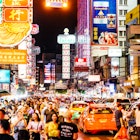It used to be that Bangkok’s weather was defined by three clearly demarcated seasons: the “cool,” the hot, and the wet, but these days locals like to joke that there is only hot, hotter and hottest. While it may be true that the Thai capital runs on a sultry high-flame sizzle most days, there are definitely seasonal differences, as well as compelling reasons to visit year round.
You’re never going to have to worry about it being cold here, and if you like to travel with just shorts and t-shirts, you’ll be in your element, but your ability (or not) to handle the hot season heat or the high season crowds might influence just when you plan your visit. Here’s a breakdown of the three different Thailand seasons and how each can be best for planning a trip to Bangkok.
November to February is the best time for comfortable weather
November marks the start of both Bangkok’s most comfortable weather as well as tourist high season, which runs until the end of February. While some refer to this period as the “cool” season, note that this is just a relative term. Temperatures still will be close to 30°C (86°F) or higher and there will be plenty of sunshine, while evenings can be quite pleasant, with lots of outdoor beer gardens opening up with no need for air conditioning. During this time you’ll even get a few cold snaps where the temperature will drop to 20°C (68°F) and all the locals will be bundled in down jackets and other winter-associated garb! This is also the one time of year when you have a chance to go sightseeing without being drenched in perspiration.

Not only is this the most pleasant time of year weather-wise, it’s also a season of some of the top Thai holidays, like Loy Krathong, when everyone floats illuminated banana-leaf boats on the canals and Chao Phraya River. Loy Krathong is held during the November full moon, and is followed up by the large Christmas and New Year festivities. While not traditionally Thai, all the shopping malls are decorated with large trees and there are countless shopping sales and restaurant holiday promotions. All the holiday energy is capped off by a massive New Year’s Eve celebration that features fireworks across the city, buzzing outdoor beer gardens and countdown parties. Towards the end of this season is Chinese New Year, usually taking place in February, where you can see traditional Chinese opera performances and watch the streets of Chinatown come to life with fantastic food, dragon parades and other colorful happenings.
While the weather at this time of year may be the ideal winter escape, you’ll be in fierce competition with plenty of other sun worshippers, as this is considered high season in Thailand. Hotels will be at a premium and often need to be booked well in advance, especially around Christmas, New Year and Chinese New Year. Tourist attractions and shopping malls will be packed, and all of the nearby beach escapes such as Pattaya or Ko Samet will be overrun. One pleasant exception to this is that during the days leading up to and after New Year, Bangkok empties out, with most people returning home or going on vacation for a week, meaning that you’ll get to experience the capital without gridlock, taxi queues or the usual crowds.
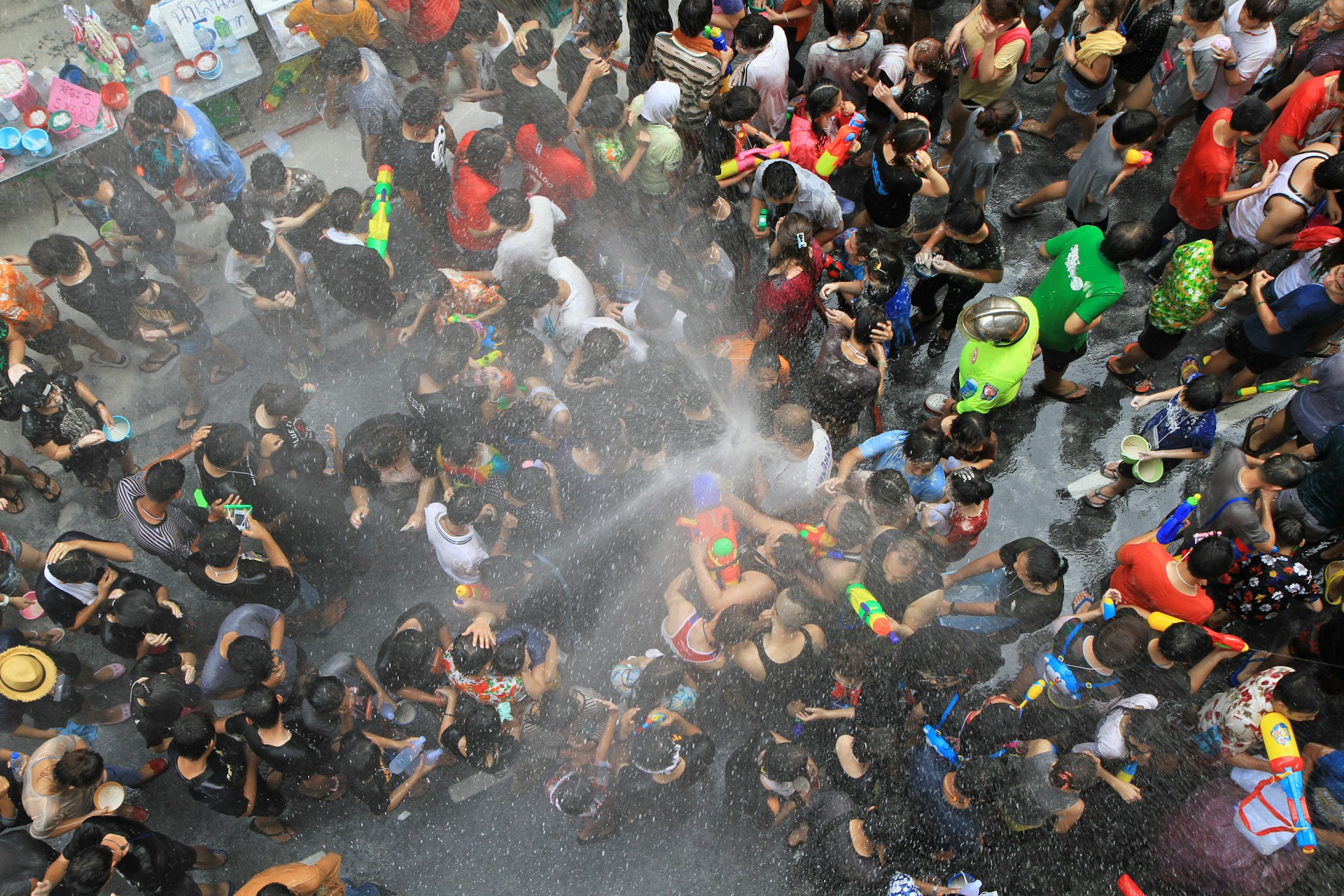
March to May is the hottest time of year
The beginning of March marks the start of the hot and dry season in Bangkok. It almost never rains during this stretch and temperatures soar, in recent years staying above 40°C (104°F) for prolonged stretches. It’s a challenging time to be sightseeing and traveling, although visiting from March to May does have some rewards. This is tourist low season, with far fewer visitors than at other times of year. If you’re into shopping and elegant stays, this can be an excellent time to come, as you’ll find plenty of ice-cold air conditioning in all the malls, hotels, and skytrain, plus some great promotions on accommodation.
Coming here in mid-April (13-15) also means you can experience Songkran, the Thai New Year and world’s biggest water fight, where everyone takes to the street for a large water carnival. Wear some old clothes, wrap your wallet and cellphone in plastic, buy a squirt gun, and go out and join the fun. It’s another way to beat the heat and see Bangkok at its best. While Songkran accommodation reservations need to be made well in advance, you can pretty much just show up and still find great deals for the rest of the hot season, one of the perks of traveling during the heat.
June to August is the onset of the monsoon season
While the temperatures drop back down far below the April-May sizzle, the humidity goes up, so it can be pretty sticky. On the plus side, the rainstorms clean out the smoggy Bangkok air, and this can be the least-polluted time of year to experience the capital. As this is the summer for Europeans and North Americans, there will be more tourists than during the hot season, but nowhere near the crowds of November to February, and you’ll still be able to find great deals on hotels and travel, especially at nearby beach resorts like Hua Hin or Pattaya.
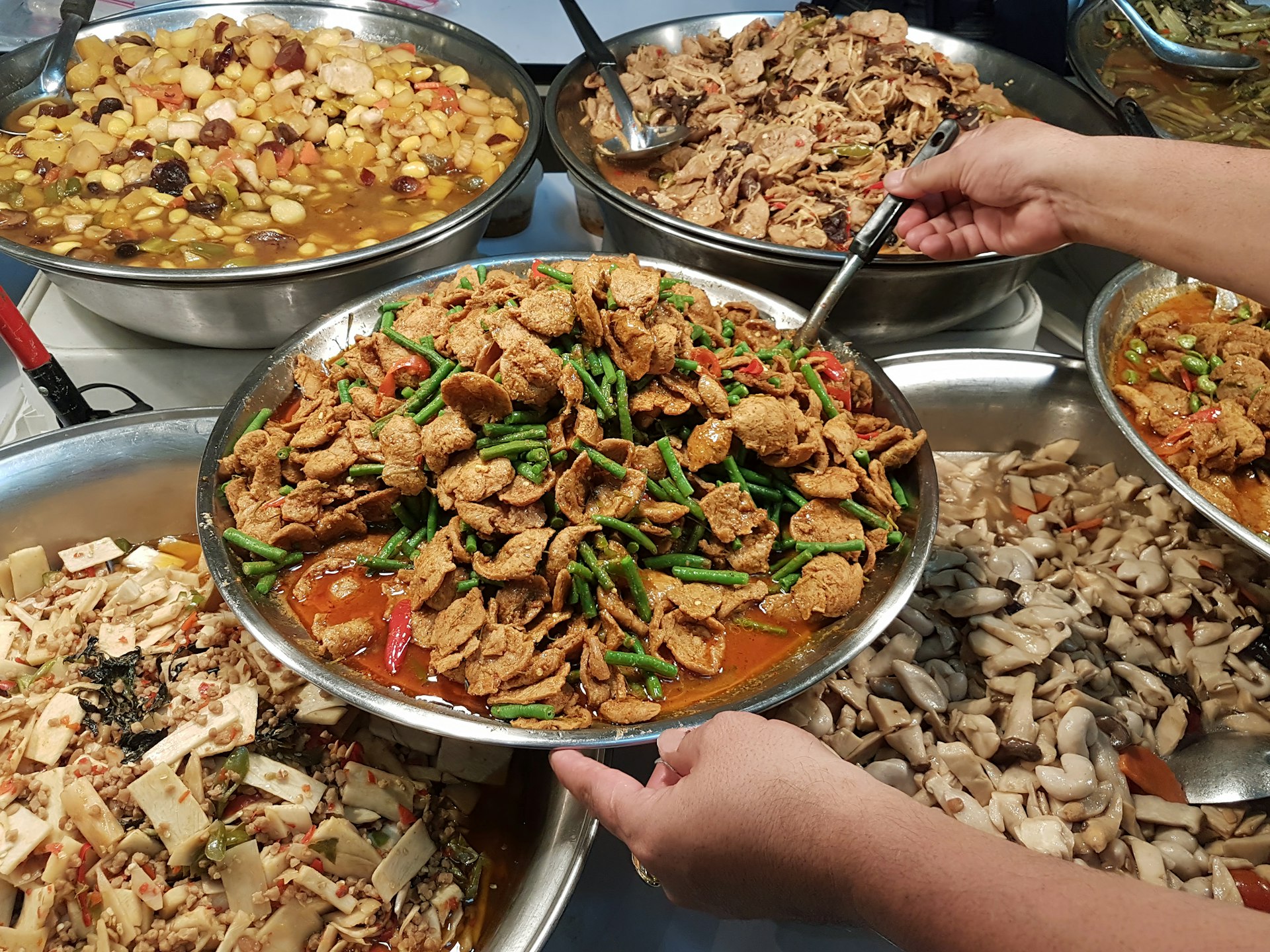
September to October is the rainiest period, great for budget travel
While the initial onset of the monsoon season tends to see short heavy rains, the end of the monsoon is when it gets really wet. September and October are the rainiest months in Bangkok, the only time when you will really see some days when it rains consistently or all day long. The area around the Chao Phraya River is often flooded, although hotels and restaurants put up sandbags to mitigate the damage and assist guests with getting in and out, but prepare for traffic to be at full gridlock and you’ll need an umbrella with you throughout your stay.
On the plus side, if you don’t mind the wet you’ll be here at the quietest time of year for tourism, with no need to book in advance and plenty of deals to entice, which is great for budget travelers. Older travelers may appreciate this season, as September marks the return to school in Europe and North America, meaning less young visitors in Thailand. Additionally, there are several really excellent festivals in September and October; the Vegetarian Festival, a 9-day celebration where people refrain from meat-eating, wear white and throng the Chinatown temples where there are opera performances, parades and plenty of vegetarian food, followed by the Moon or Mid-Autumn festival, where families carry lanterns through Chinatown and exchange mooncakes.
Despite the rain, for many visitors, the cleaner air, green countryside and few tourists makes this the optimal time of year to plan a trip to Bangkok.
Keep planning your trip to Bangkok:
Keep things thrify with the Top 10 best free things to do in Bangkok
Plan a big night out with The best bars and clubs in Bangkok
Explore more of Thailand with The 6 best day trips from Bangkok

